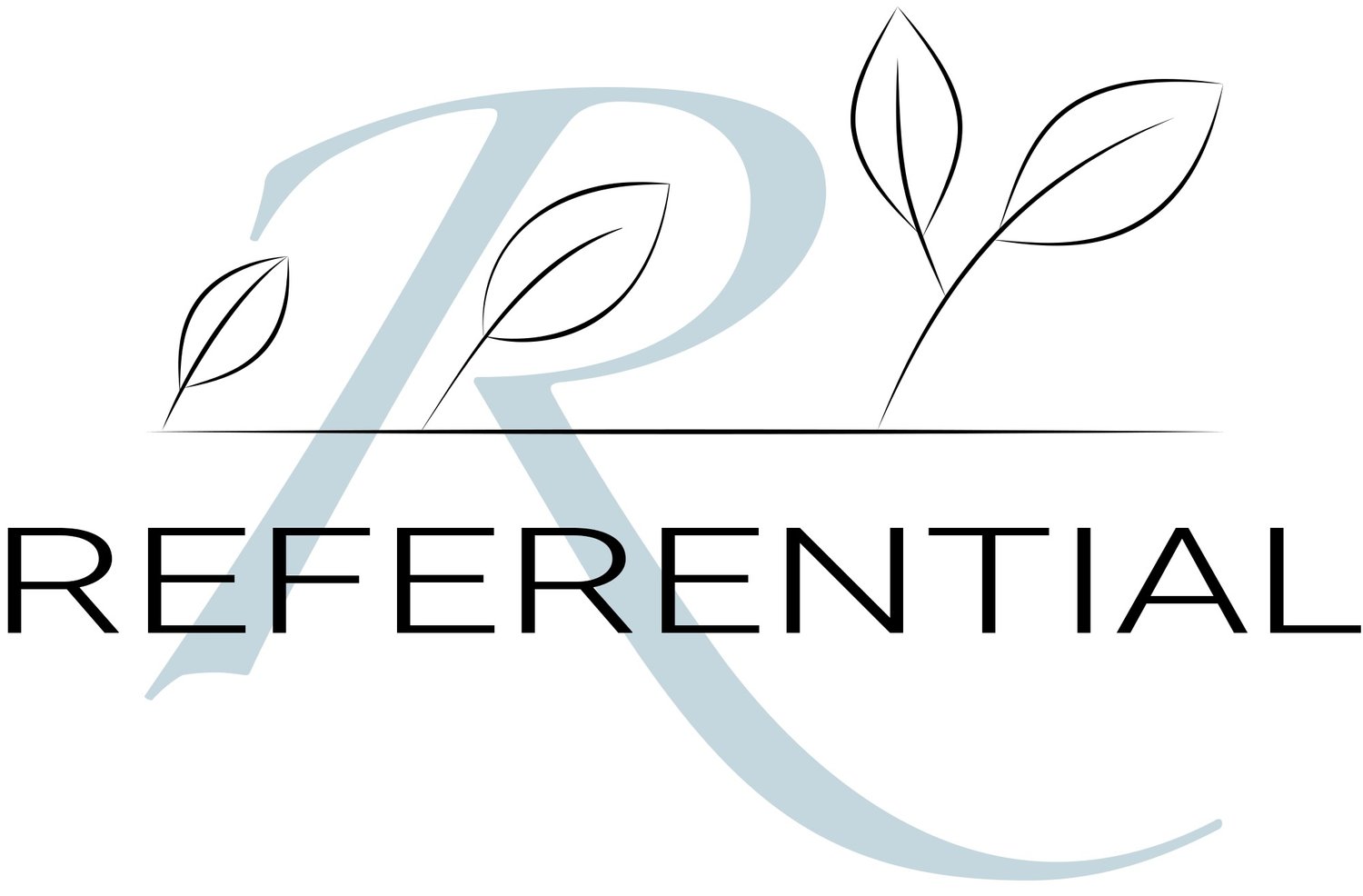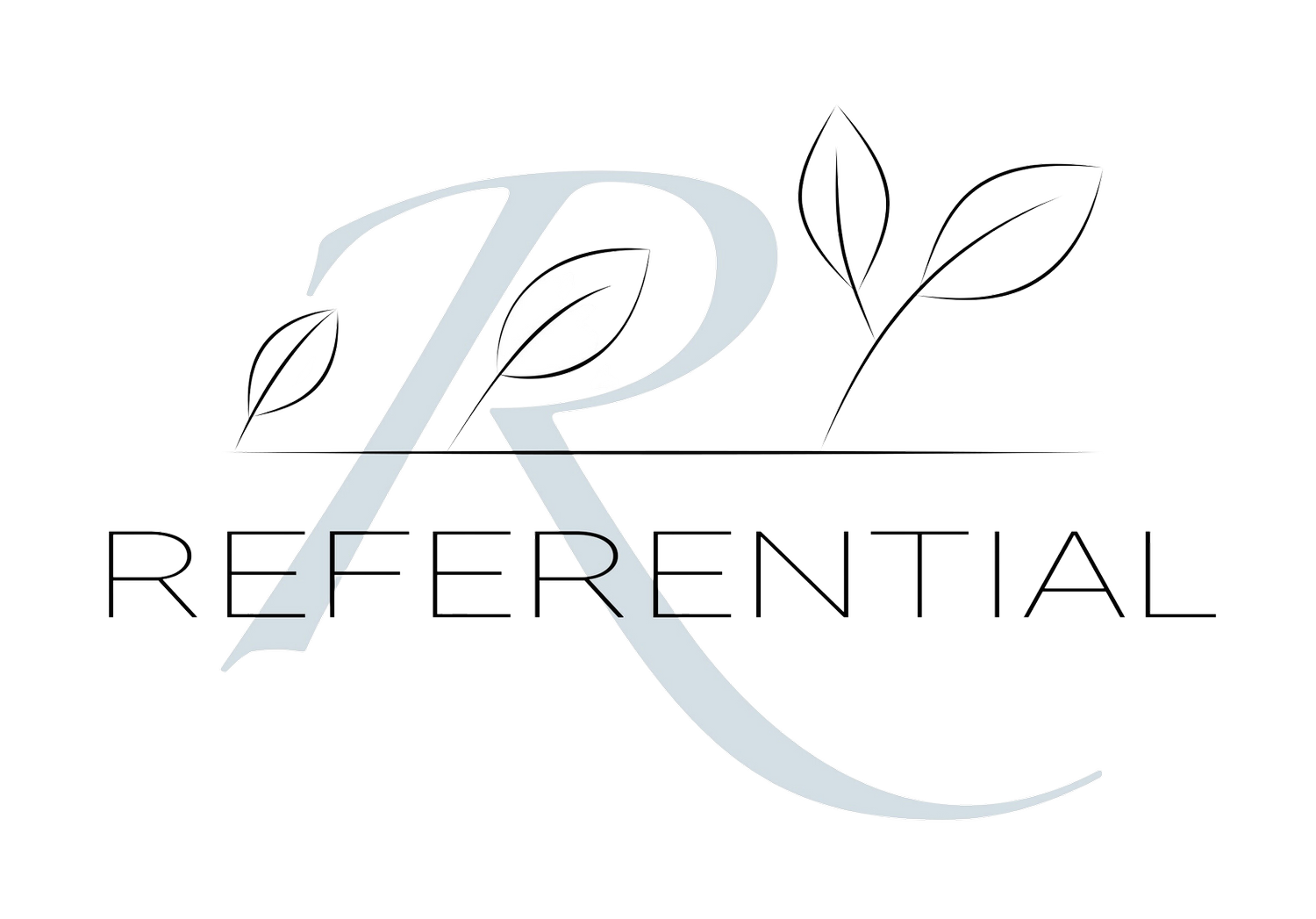Employee Highlight: Advocacy Program Management at a Fortune 500 Company
In what is Referential’s “Employee Highlight” debut, we are introducing a series intended to provide our global team of consultants with an opportunity to shed light on themselves and their experiences working in Customer Marketing with some of the most visionary companies around the world.
These are organized into a Q&A format, and each will focus on a specific theme, or a rotation of Referential’s 9 pillars of service. In this edition, our focus is on program management, and our discussion is with Senior Advocacy Consultant Barbara Leavy.
Q: Hi Barb! How long have you been working in customer advocacy and customer marketing?
A: 17 years now!
Q: Are you currently embedded full-time with a single client?
A: Yes. It’s a Global 500 organization, spread across all continents and time zones.
Q: What specific services and tasks do we perform for them?
A: We oversee all major aspects of the reference management systems administration, of which Upland’s RO Innovation and Influitive’s AdvocateHub platforms are in use. In addition, we handle recruitment and onboarding of new advocates into the program, as well as fulfilment of Sales, Marketing and Analyst Relations’ reference requests. This is all tracked within the databases. Additionally, we perform revalidation of all advocates in the program on a bi-annual basis.
Q: Can you walk us through what revalidation is?
A: Essentially it’s re-testing the waters. Once a contact has joined the program, we want to check back in with them periodically, to proactively answer questions. From a professional standpoint, we want to inquire as to whether they’re still with their organization, if there have been any title changes and have they changed anything related to their product uses. From an advocacy perspective, we want to double check if they’ve been asked to participate in any of the activities they originally opted into during their onboarding, and use the opportunity to see if they’re interested in any other advocacy activities, too. It’s also a perfect time to enquire if they’ve had any ad hoc advocacy conversations and capture those details as they become leads for new business. We can also use those to generate Earned Growth Rate (EGR) reports
Q: When you work for a global enterprise, occasionally you have to navigate acquisitions, both large and small. How do you manage your program, your team, client expectations during situations like this?
A: I’ve learned in my years that in situations like the one you describe- most things will occur beyond my control and input. I stay focused and keep proving value for myself, my team, and the program in any way that I possibly can. By tracking and reporting on the program’s impact on revenue, I’m building the right kind of bridge.
I think ahead about how I may need to adjust; for instance, if it’s a scenario where the acquired company doesn't have an advocacy program, then that’s an opportunity to jump in with both feet! There is an opportunity to roll in new products, new people and new initiatives into the program so that it works cohesively for the whole company.
On the flip side, when the company that's being acquired has an existing program, it’s important to consider what the two programs look like independently, and what they could morph into to leverage the best of both. By tying the program impact to revenue, I trust in my experience to do the same again with the combined programs moving forward.
Q: Is there a right way and a wrong way to manage your teams’ workload?
A: I have to be honest and set expectations; there are a limited number of hours in every day! If the main priority is X, and there is a sudden shift to A, it’s important to communicate the impact X will face as a result. The same goes for managing a team, if I want ‘Jane’ or ‘John’ to work on a different area, it must be understood that progress on what they were prioritizing beforehand will be impacted.
Q: You mentioned a minute ago making your program as valuable as possible. What is the best way to do that? What is the best way to demonstrate value?
A: I think it’s best to keep focused and maintain 100% on a day-to-day basis. I’m at the ready if my manager says, “all right, I need some numbers on this”, whether it's related to program recruitment numbers, Sales or Marketing fulfillment requests, how many references are being used, how many references we have, or whatever it is that may be important for him to continue to justify funding for the program. I’m always prepared to provide statistics that demonstrate the impact of my team and program. Again, we can do this by generating EGR reports, or Customer Lifetime Revenue and Longevity (CLTR/L) reports.
Q: Does providing value, whether through metrics on demand or what-have-you, become more complicated when additional product lines are suddenly included? How do you keep track of that?
A: Yes, it can be that the more product lines added, makes things more complicated, it’s more to have to know. I still use a ‘cheat sheet’ when product names change, and new ones are added so that I can quickly interpret associated divisions and run accurate reports.
Q: A ‘cheat sheet’ - tell us more?
A: As we add products, through acquisitions or company innovations, I keep a smart sheet that is aligned with how the reference management system (RMS) data is structured. Specifically, how it defines and organizes divisions, product families and products. As things change – for example, as names change – I track old names mapped to new ones and keep the cheat sheet as up to date as possible. That way when I’m on the phone with an account rep and they refer to an old name, I can glance at my cheat sheet and say, “okay, that's the new product name X that they're actually talking about.” Today, our cheat sheet has amassed hundreds of products associated with dozens of product families; in a Global 500 company product structures can get very complicated! Bottom line is that the sheet enables the team to swiftly look at the holistic view of a customer.
Q: Thanks for taking the time, Barb. BTW what’s your golf handicap?
A: Oh, no!! I played Sunday: I played nine holes. I was like, please let me break a 60. I couldn't put two shots together!





To better understand the approach of SlapFive and strengthen Referential’s ability to advise clients on connected advocacy ecosystems, earning a Workato Level One Certification was a priority.